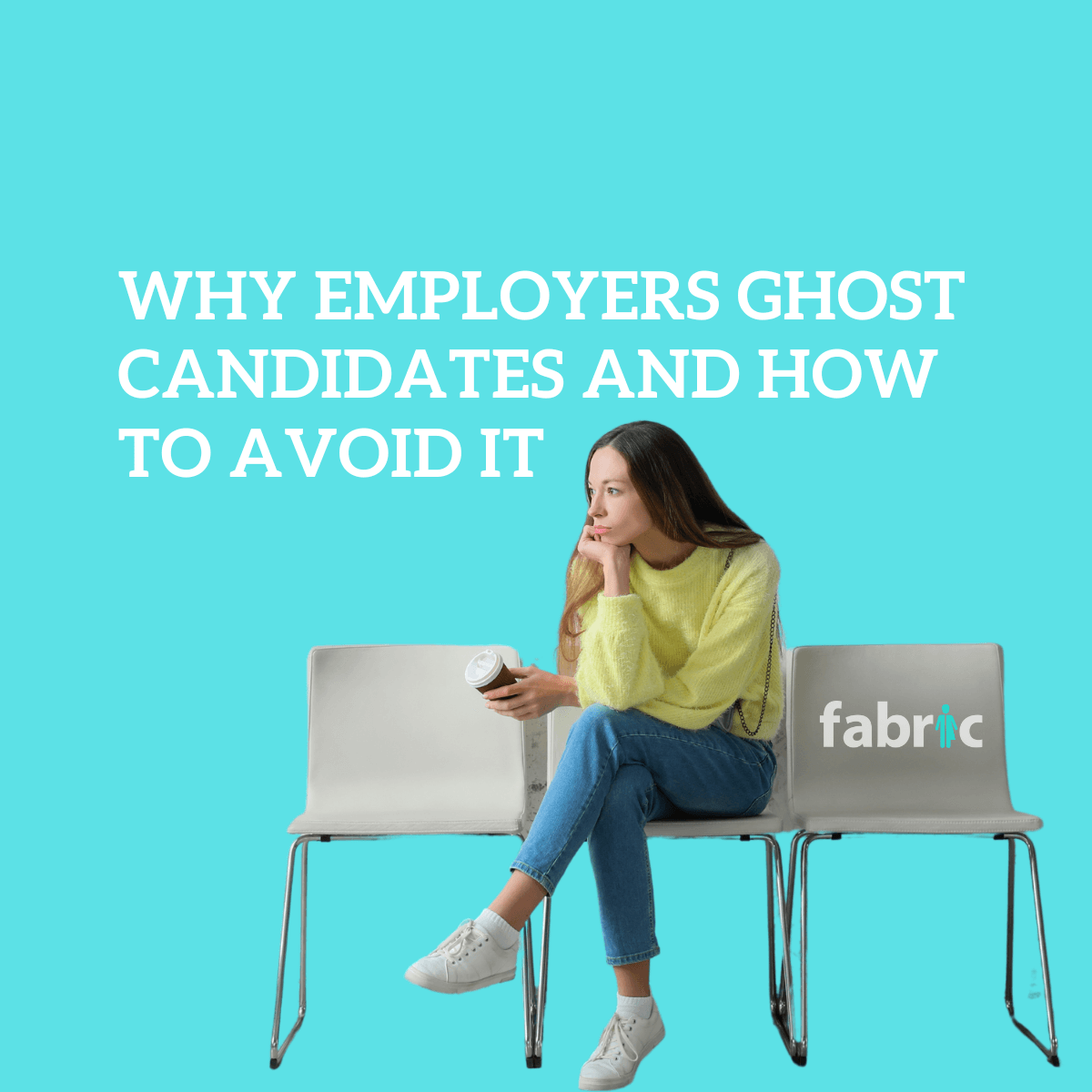How do employers secure ethical employment processes for the future?
How do employers evaporate continuous pattern of biased behaviors within employment processes? What employee processes can businesses deploy that ensure honesty, diversity, and quality? In general, how can employers secure ethical employment processes for the future?
In this article, we discuss current obstacles within company diversity and inclusion programs. We highlight key features within employment processes that portray ethical solutions that promote diversity and inclusion within the workforce.
The key areas within the employment processes we focus on, are: Recruiting, retaining, and managing/supervising processes – and how these processes are optimized for securing reputable and ethical employment experiences for the future.
Ethical Employment Processes – Candidates
How do we evaporate biased behaviors within our employment processes?
Between the 1970s and 1980s, orchestras developed a unique candidacy process for hiring their musicians called “blind auditions.” These auditions are conducted by separating musicians and proctors by a vail, thus deterring the proctor’s ability to see the musician during the audition, and vice versa.
The proctors were dependent upon distinguishing each musician’s abilities exclusively on the quality of sound from their performance. This created an honest and equal opportunity for every musician to experience an unbiased employment process. Orchestras understood something critical and something currently overlooked by many businesses within the modern human economy. They realized a most basic principle in hiring quality employees: The observed quality of a candidate’s performance is objective and the perception or interpretation of an individual’s biological vessel (how they appear to others- race, gender, sexuality) is subjective.
The concept of blind auditions sparked multiple studies including Harvard, Princeton, The Australian Public Service, and much more. Each study concluded a singularity within their individual tested results. Each study observed a substantial increase in quality and diversity (female employment) within the candidates selected. Compared to the previous and more selective (male dominant) alternatives.
We know every company intends to successfully succeed their individual missions. Every business looks to hire the best candidates who can proliferate the company’s success. We know the quality of employee work performance directly impacts business processes, optimizations, scalability, and/or overall success. But, how do we create hiring processes that ensure quality talent selection over either intentional or unintentional bias?
Ethical Employment Processes: Blind Hiring
Blind Hiring tactics exclude most of the candidates’ personal information that may define their individual demographics. Blind hiring tactics assist hiring managers in avoiding biased (either intentional or unintentional) decisions. Items that should be excluded from all candidacy documents throughout the hiring processes to ensure genuine blind hiring processes are candidate’s name (racial and gender bias), addresses (geographical bias), university/education institution names (financial bias), previous employment company names (employment bias).
Implementing hiring processes structured only on the presentation and analysis of performance quality data may greatly increase talent quality and diversity within employment processes. However, it does not eliminate all bias and subjectivism within a company’s employment process. To further optimize candidacy quality and inclusion for all. Companies are now adding considerations like ethical candidacy assessments, that deliver unbiased results dependent only on the quality of every candidate’s ability.
Ethical Employment Processes: Assessments
The majority of employment processes involve a test or some path of tangible application that displaces a candidate’s abilities of practical knowledge. Currently, employment processes involve a candidate’s participation with what is known as practical exams or tests. These applications of knowledge involve similar or related functions to the job a candidate is applying for.
However, these exams nearly scratch the surface of what hiring managers are seeking within these assessments. Employers must look beyond a candidate’s ability to perform a specific function. Because we know the world rotates within an orbit of uncontrolled variables. If we only examine a candidate’s ability to practically apply knowledge, we miss out on the key features that truly define quality. Such as, critical thinking, problem-solving, learning, understanding, team-work, leadership, and applying new information or skills.
Cognitive aptitude exams predict and measure similar abilities like IQ tests; however, cognitive aptitude tests focus on measuring professional work performance. Cognitive aptitude tests define a candidate’s ability to exercise attention to detail and “…the ability to think critically, solve problems, learn new skills, and digest and apply new information” (Silverstein, 2016). The research found that cognitive aptitude exams are more predictive of job performance compared to other common hiring applications. “They (cognitive aptitude exams) are twice as predictive as job interviews, three times as predictive as work experience, and four times as predictive as education level” (Silverstein, 2016).
By installing blind hiring, cognitive aptitude, and practical examination processes. Employers may develop honest and unbiased employment processes that focus exclusively on identifying quality candidates best suited for the job. Correspondingly, these processes present a legit equal opportunity to potentially enhance the life of anyone and reduce biased reactions/decisions within a company’s growth process.
For more information on cognitive aptitude exams, results, and tools/software I invite you to check out the Criteria Corps website and their cognitive testing software: HireSelect.
Ethical Employment Processes – Employees
What employee processes can businesses deploy that ensure honesty, diversity, and quality?
According to Matt Krentz’s Harvard Business Review, “Survey: What Diversity and Inclusion Policies Do Employees Actually Want?” the research concluded, in 14 countries 96-98% of large companies (above 1,000 employees) have diversity and inclusion programs. Yet, three-quarters of diverse employees (women, racial/ethnic minorities, and LGBTQ) have not experienced benefits from these programs. Additionally, half of all diversely-identified employees surveyed in this review recorded experiencing bias either directly or indirectly within their daily work environments (Krentz, 2019).
What is missing in current diversity and inclusion programs? How do companies secure reputable and ethical employee processes that implore true diversity and inclusion?
In a 2019 study published and conducted by BCG titled “Fixing the Flawed Approach to Diversity”. Around 16,500 worldwide individuals identified effective diversity and inclusion features needed within professional work environments. These features included “basic” measures, “proven” measures, and “specific” measures (Krentz, 2019).
Ethical Employment Processes: Basic Diversity and Inclusion Measures
“Basic” measures are more commonly identified as anti-discrimination policies, or training programs that mitigate biases and increase cultural awareness, and remedies for removing bias from evaluation/promotion processes.
Antidiscrimination policies include employers drafting legally binding documentation that evokes a zero-tolerance to discrimination or bias, for all leaders and employees within a company. Antidiscrimination policies create a legal pathway for protecting an individual’s rights during their pursuit of happiness.
Another “basic” measure is implementing formal, continuous, and authentic training programs that mitigate intentional and unintentional biases and cultural awareness. The purpose of these training programs is to create a non-confrontational awareness of every individual’s personal bias. Because many people have inherent forms of bias resulting from their unique human experiences. These programs are designed to help team members work together and focus on actionable solutions, including empathetic decision-making processes.
The last “basic” measure is removing bias from evaluation/promotion processes. This is achieved by instating evaluation/promotion processes that comprehensively track the company’s current diversity metrics relative to promotional evaluations and individual performance metric data.
By understanding true quality metrics relative to promotions, companies can assess the effectiveness of current policies toward diversity and equal pay. Through the analysis of these individual performance evaluations, companies experience unbiased and tangible metrics that directly and honestly reflect an employee’s performance. Companies may go a step further to decrease bias decisions by evaluating their employee’s performance data without any personally identifiable depictions of which employee scored what in their performance evaluation. (Krentz, 2019).
Ethical Employment Processes: Proven Diversity and Inclusion Measures
In Krentz’s, “Fixing the Flawed Approach to Diversity,” he presents three proven measures that businesses can accept and utilize within their diversity and inclusion processes. Each measure is a proven and consensus solution for and by the specific groups of individuals, who have continued to experience negative work environments due to the perception of their individual biological vessels.
- For the female workforce, a proven measure of diversity and inclusion is establishing flexible-work programs that are not structured around set working hours.
- For employees of diverse racial/ethnic origins, a proven and consensus measure is blind screening/hiring processes throughout employment processes.
- For the LGBTQ workforce community, a proven and consensus measure is participation in external events such as Pride (this shows a company’s acceptance and volition toward an LGBTQ-friendly community) and an appropriate health care plan/coverage (coverage to include partner/spousal benefits, life insurance) including perks like adoption or relocation assistance and gender-transition assistance. “As of 2018, nearly 60% of Fortune 500 companies were providing such benefits, and the number is growing-up from none in 2002 and 28% in 2012” (Krentz, 2019).
Ethical Employment Processes: Specific Diversity and Inclusion Measures
Specific diversity and inclusion measures are effective and valued solutions that are explicitly designed for a specific need or want of an individual employee. These measures are not identified as effective or valued processes for the majority of the workforce as a whole. These measures create an authentic identification of the company’s interests within a specific employee. Examples of specific measures that promote diversity and inclusion are:
- Engage mentorships/formal sponsorships for employees with company leaders
- Promote tools/solutions that help individuals balance career and personal responsibilities
- Mentor individual and team roadmaps for success
- Implement gender-neutral augmentations of work facilities, processes, and documentation
- Maintain zero-tolerance policies for negative interactions for all employees
The implementation of these measures may develop reputable and ethical employment processes for the future. However, creating and instating these measures do not ensure the continued disposal of bias behaviors within these processes. In order to effectively, continually, and successfully implement diversity and inclusion, necessitates the need to closely manage and enforce these policies for the health of the company. Perpetual supervision and cultivation of ethical policies for all employees and leaders.
Within the United States Marine Corps leadership training programs, the term “BAMCIS” is hardwired into every military personnel. The term BAMCIS is a sequence of events each tactical leader utilizes to plan a majority of their team’s operations.
BAMCIS broke down and defined means: B – begin planning, A – arrange reconnaissance, M – make reconnaissance, C – complete the plan, I – issue orders, and S – supervise (supervise being the most important step).
The most lethal and effective branch of the military understands and dedicates a large amount of energy/focus toward the most essential and critical step of every objective: supervision.
How do we secure ethical employment processes for the future?
Through the optimization of key ethical features within a company’s employment processes; recruiting, retaining, managing, and supervising. The human economy will continue to flourish and experience a powerfully disruptive boost in quality, diversity, and inclusion for all. Therefore, we must all consider the role employers have in maintaining opportunities for all employees. Humans are the infrastructure of all companies. Don’t we all want to build the strongest companies possible and ensure a healthy future for humanity?










